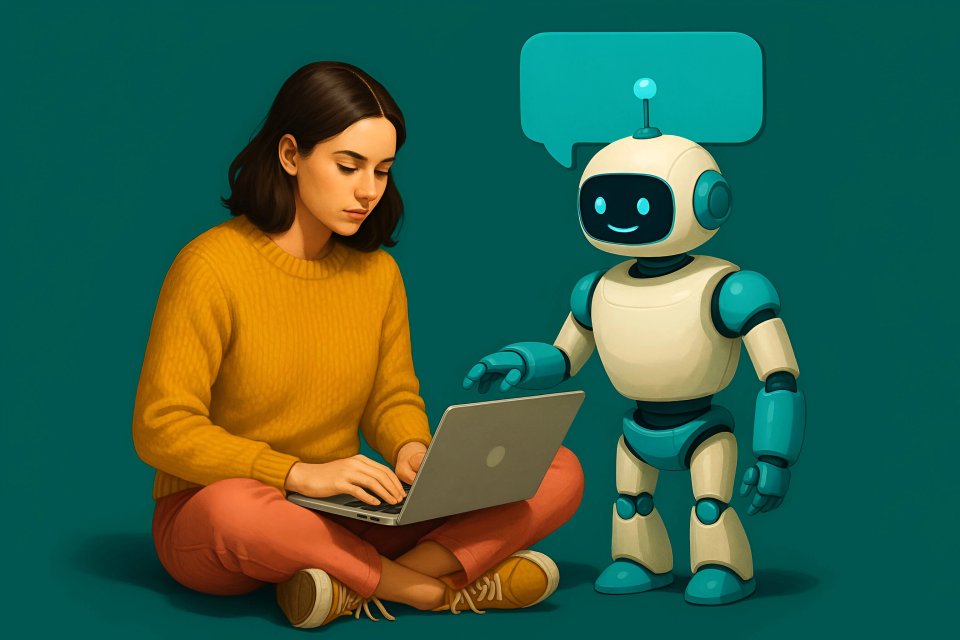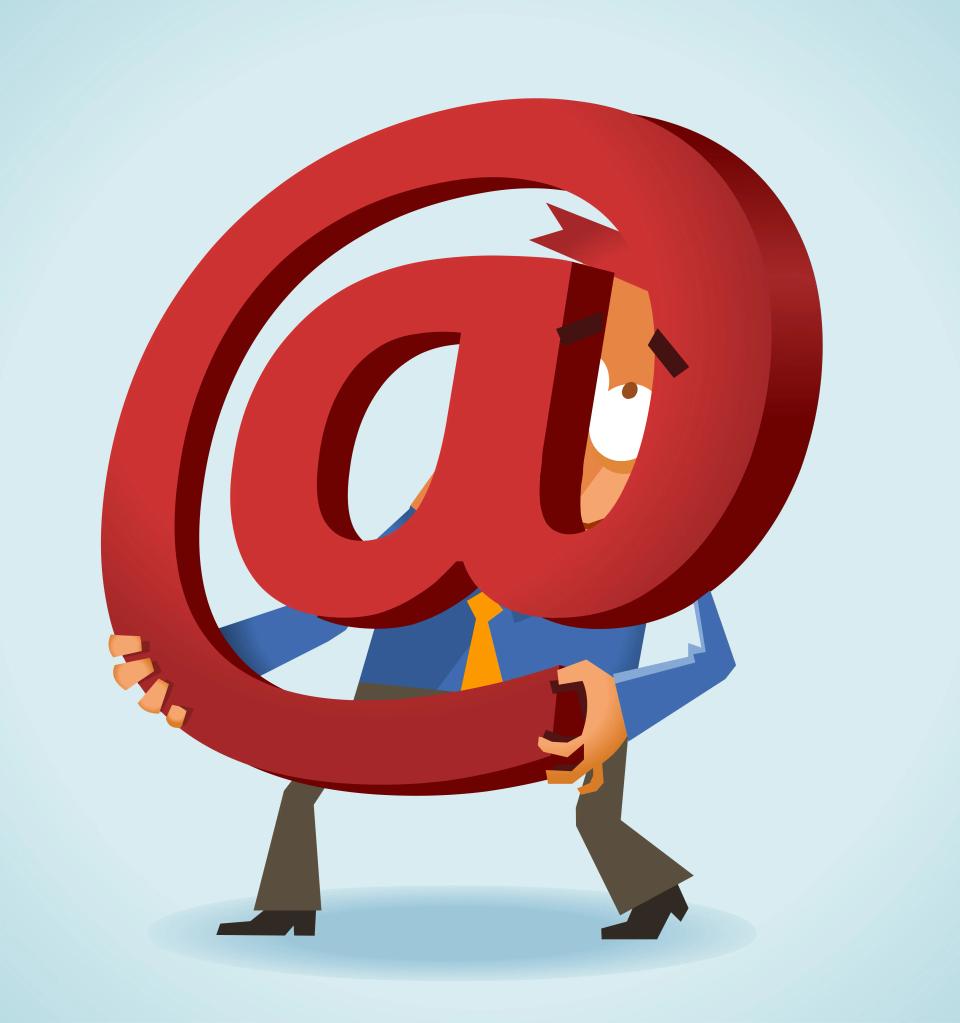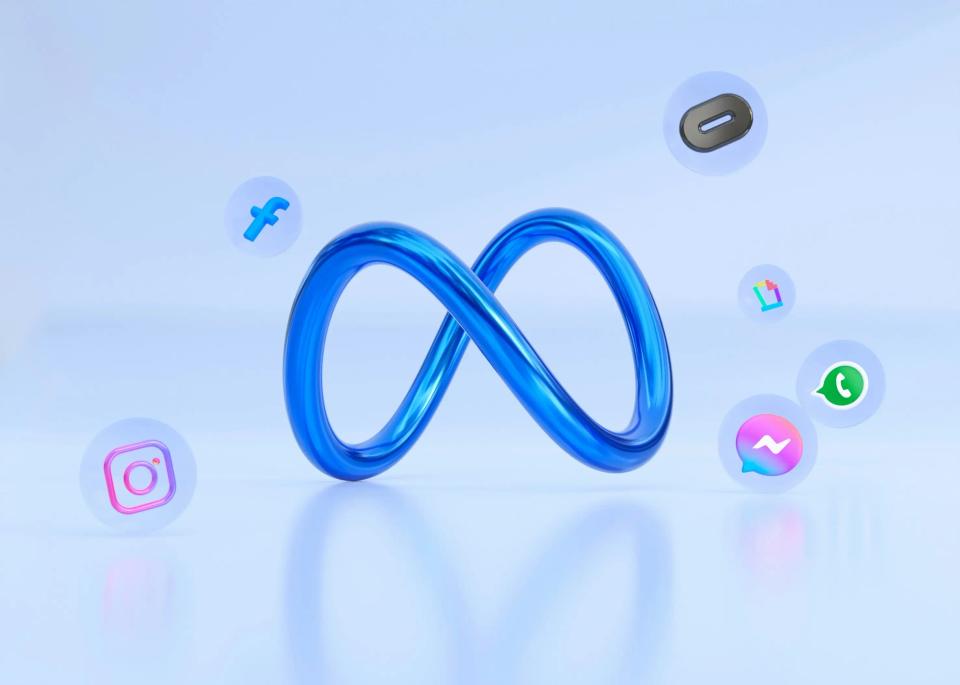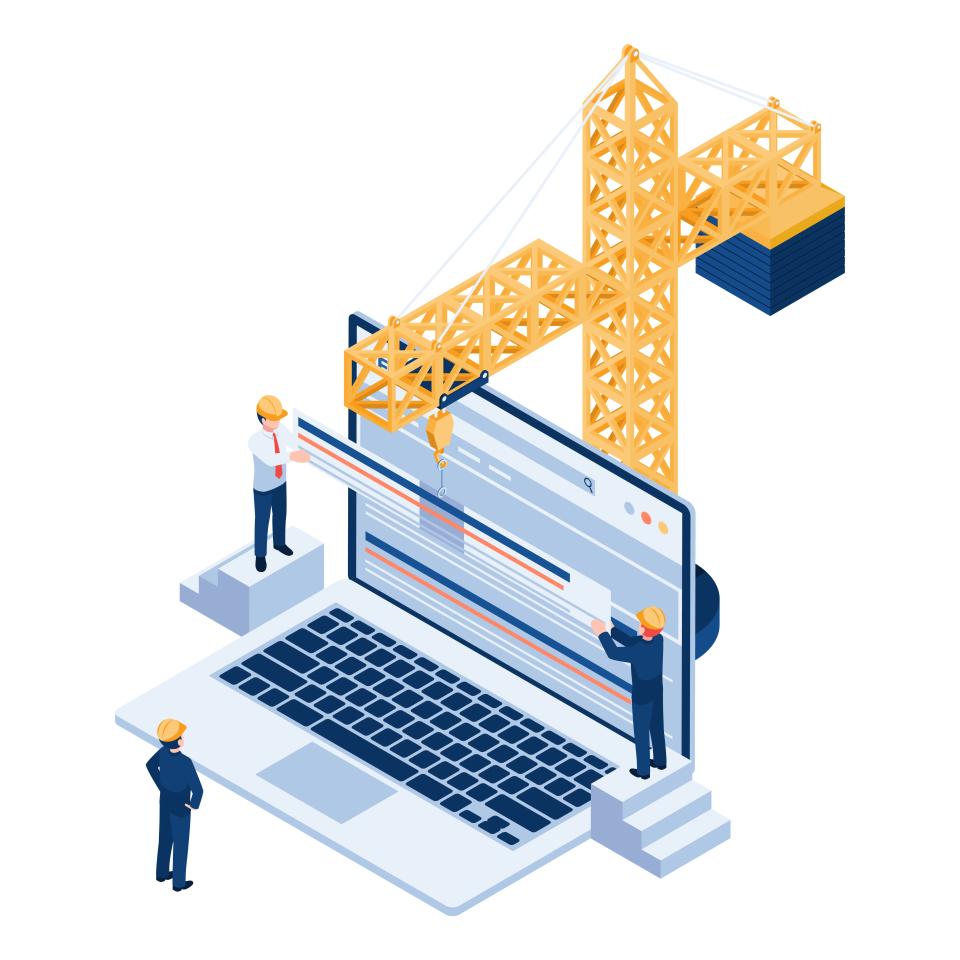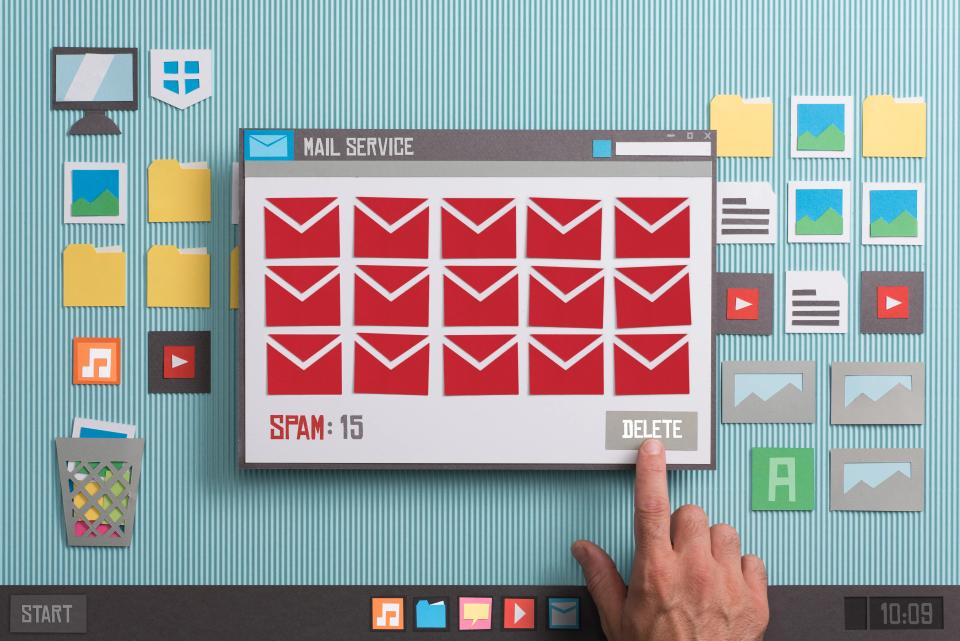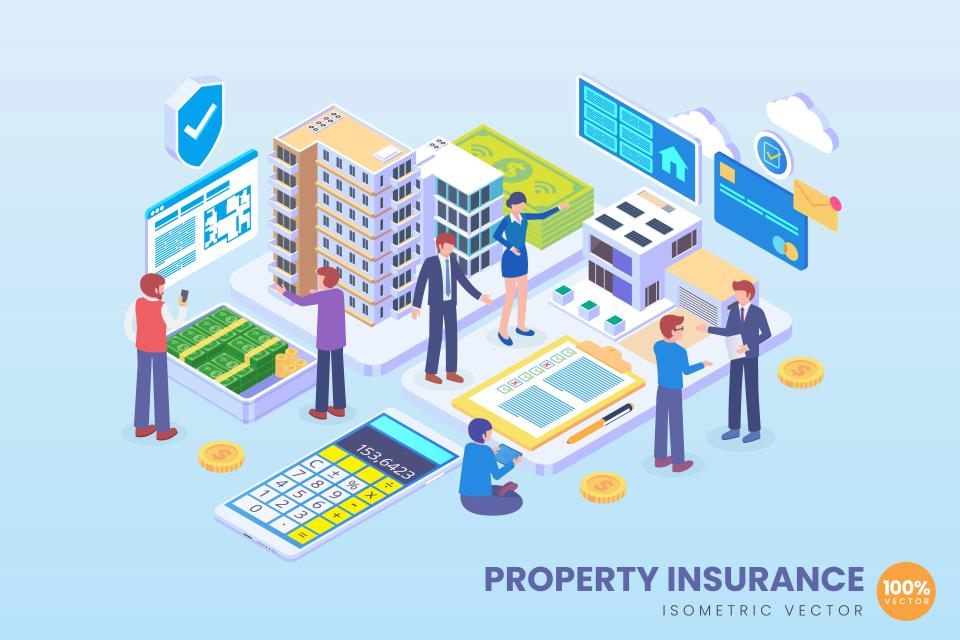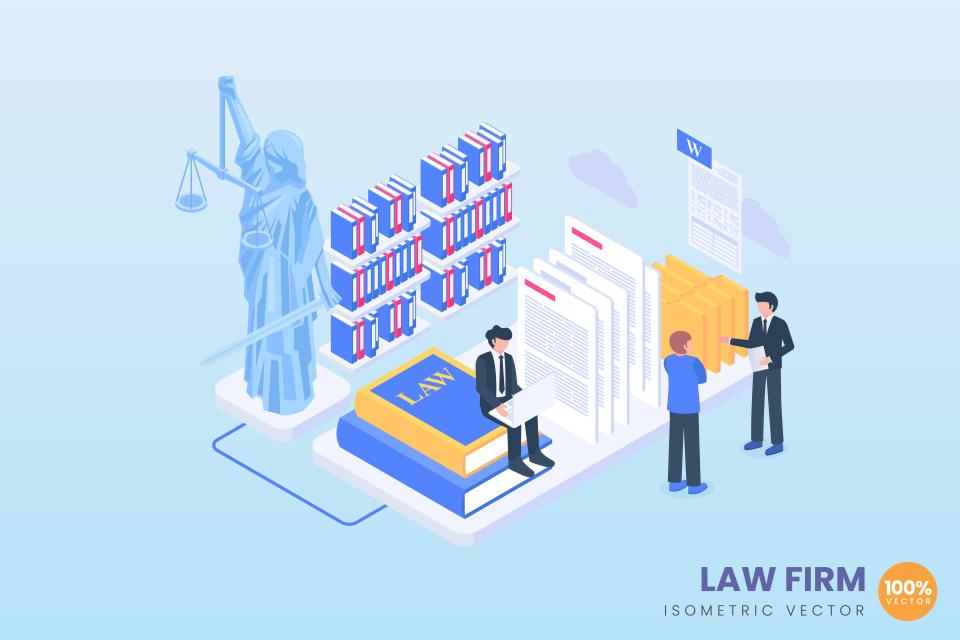Tired of watching potential customers slip through your fingers? In today's lightning-fast digital world, your audience demands instant answers, personalized attention, and support that never sleeps. The shocking truth? A staggering 78% of customers choose brands that respond within a minute [11], and failing to meet this expectation means you're practically handing business to your competitors.
You're likely battling common digital marketing demons: valuable leads vanishing due to slow follow-up, your team drowning in a sea of repetitive customer questions, and the impossible dream of providing true 24/7 service. These aren't just headaches; they're profit killers. They erode customer trust and stunt your growth, leaving you feeling frustrated and overwhelmed.
But what if there was a way to crush these challenges, to be everywhere for your customers, all the time, without burning out your team or your budget? Enter the game-changer: AI chatbots. These aren't the clunky, robotic assistants of the past; modern AI chatbots are sophisticated, intuitive, and ready to revolutionize your digital marketing.
In this guide, we'll pull back the curtain on how AI chatbots can transform your marketing efforts. You'll discover the undeniable benefits, learn the strategic steps for seamless integration, explore top tools, and understand how to measure your incredible success. Get ready to turn your website into a lead-generating, customer-satisfying machine.
Why AI Chatbots are No Longer Optional for Modern Digital Marketing
The digital landscape has spoken: AI chatbots are not a futuristic fantasy; they are a present-day necessity. Businesses clinging to outdated methods of customer interaction are falling behind, fast. If you want to not just survive but thrive, embracing chatbot automation is non-negotiable.
Enhancing Customer Engagement & Experience
Imagine a world where every visitor to your website feels instantly welcomed and understood. AI chatbots make this a reality by providing 24/7 availability and instant responses. No more "we'll get back to you in 24-48 hours." Instead, automated chatbots slash average response times from hours to mere seconds [11], delighting impatient prospects.
This immediate attention fosters incredible trust; in fact, 96% of customers link swift responses to brand trustworthiness and professionalism [16]. Beyond speed, AI chatbots enable personalized interactions at scale. By leveraging data, like HubSpot’s chatbot segmenting customers for personalized remarketing [1], you can make every customer feel uniquely valued.
The result is a seamless user journey that guides visitors effortlessly. Whether it's boosting e-commerce sales by guiding users through product recommendations [6] or answering queries on the spot, chatbots enhance the overall experience, keeping users engaged and moving towards conversion. This focus on user experience is a core tenet at CaptivateClick, and chatbots are a powerful ally in achieving it.
Boosting Lead Generation & Qualification
Are your lead generation efforts hitting a wall? AI chatbots can inject new life into your strategy, acting as tireless digital prospectors. They proactively engage website visitors, turning casual browsers into hot leads. Forget passive contact forms; chatbots initiate conversations, and studies show chatbots achieve impressive 15–60% click-through rates [2], far surpassing traditional email marketing.
The magic continues with automated lead capture and qualification. For instance, HubSpot’s HubBot automates lead qualification with proactive messages [1], asking the right questions to identify serious prospects without any manual effort from your team. This means your sales team receives a stream of high-quality, pre-vetted leads.
Finally, these qualified leads are seamlessly directed to your sales teams. With integrations into CRM systems streamlining lead handoffs [1], the process is smooth and efficient, dramatically shortening the sales cycle. CaptivateClick’s lead generation services are often supercharged by this intelligent automation.
Streamlining Customer Support & Reducing Costs
Is your support team swamped with the same questions over and over? AI chatbots are your frontline defense, automating answers to frequently asked questions with superhuman efficiency. This frees up your valuable human agents to tackle the complex, nuanced issues that truly require their expertise.
The impact on your bottom line can be staggering. By automating 70% of routine queries [2], AI chatbots significantly reduce human agent workload. This efficiency translates directly into cost savings, with some businesses reducing customer support costs by up to 30% [1] simply by implementing a well-trained chatbot.
Ultimately, this streamlined approach improves overall efficiency and drastically cuts down response times. Customers get their answers faster, satisfaction soars, and your support operation becomes a well-oiled, cost-effective machine. This is the power of integrating ai in marketing for customer service.
Gaining Valuable Customer Insights
What if you could listen in on thousands of customer conversations simultaneously? AI chatbots are constantly collecting data on customer preferences, pain points, and frequently asked questions. This treasure trove of information is pure gold for your marketing strategy.
By collecting real-time customer feedback [2], chatbots help you identify emerging trends and understand what your audience truly wants. Are they confused about a particular feature? Are they clamoring for a new product? Your chatbot knows.
This data isn't just interesting; it's actionable. Automated data collection from chatbot interactions helps refine SEO and ad targeting strategies [6], ensuring your marketing messages are always relevant and impactful. You can use these insights to develop better content, improve your products, and make smarter business decisions.
Strategic Implementation: Integrating AI Chatbots Effectively
Simply launching a chatbot isn't enough; you need a smart strategy. Effective chatbot implementation strategies ensure your AI assistant becomes a powerful asset, not a frustrating gimmick. Let's walk through the essential steps to get it right.
Step 1: Define Your Goals & Objectives
What burning problem will your chatbot solve? Before you dive in, clearly define what you want your chatbot to achieve. Is it to increase qualified leads by 20%, reduce customer support tickets by 30%, or improve customer satisfaction scores?
Set specific, measurable, achievable, relevant, and time-bound (SMART) goals. For example, a clear objective could be "to use the chatbot to handle 50% of all initial Tier 1 support queries within six months." Identifying key use cases, such as FAQ handling, appointment booking, or product recommendations, will give your chatbot a clear purpose and pave the way for measuring its success and calculating chatbot ROI, which can average returns of 200% [14].
Without clear goals, your chatbot project can drift aimlessly. With them, you have a roadmap to success and a benchmark for evaluating performance. This clarity is the foundation of any successful integrating ai in marketing initiative.
Step 2: Understand Your Audience & Their Needs
Who are you talking to, and what do they desperately need help with? Deeply understanding your audience is crucial for designing a chatbot that truly serves them. Where do your customers and prospects interact most frequently – your website homepage, specific product pages, or social media channels?
Map out their journey and identify their common questions or pain points that a chatbot can swiftly resolve. Are they constantly asking about shipping times, pricing, or feature comparisons? Training chatbots on historical support logs can significantly improve accuracy [12], ensuring your bot speaks their language and addresses their real concerns.
The more you know about your audience, the better you can tailor the chatbot's conversations and functionality. This customer-centric approach ensures your chatbot is a helpful guide, not an annoying interruption.
Step 3: Choosing the Right AI Chatbot Platform
With your goals and audience insights in hand, it's time to select your digital workhorse. The market is flooded with AI chatbot platforms, each with its own strengths. Key factors to consider include the range of features offered, its integration capabilities with your existing software (like CRM or email marketing tools), ease of use (especially if you prefer no-code or low-code options), and its ability to scale as your business grows.
Don't get dazzled by flashy features you don't need. Focus on platforms that align with your specific objectives. For instance, if lead generation is paramount, look for robust lead qualification and CRM syncing features.
We'll delve deeper into specific tools later, but for now, remember that the "best" platform is the one that best fits your unique business needs and technical resources. This decision will significantly impact the ease of your chatbot implementation strategies.
Step 4: Designing the Conversation Flow & Personality
This is where your chatbot comes to life! Designing an intuitive conversation flow is paramount. You must meticulously map out user journeys and conversation paths to avoid frustrating dead-ends [12], ensuring users can easily find what they need or achieve their goal.
Next, craft a chatbot persona that aligns perfectly with your brand voice. Is your brand playful and witty, or serious and authoritative? Customizable brand personas ensure chatbots align with your visual identity and tone guidelines [5], creating a consistent brand experience. CaptivateClick's expertise in branding and UI/UX design is invaluable here, ensuring interactions are not just functional but also delightful.
The aim is to create a user-friendly and intuitive interaction that feels natural and helpful. A well-designed conversation flow makes users feel understood and guided, boosting their confidence in your brand.
Step 5: Integration with Your Existing Digital Ecosystem
Your chatbot shouldn't operate in a silo; it needs to be a seamless part of your digital world. This means integrating it with your website (via pop-ups or embedded widgets), your CRM and marketing automation tools, and your social media platforms. Smooth integration is critical, as a staggering 60% of failed chatbot implementations stem from poor integration with CRMs [13].
Imagine a chatbot capturing a lead on your website, and that lead's information automatically populating your CRM, triggering a follow-up sequence from your marketing automation platform. This level of interconnectedness is what transforms a chatbot from a simple Q&A tool into a powerful marketing engine.
At CaptivateClick, we specialize in these seamless integrations, leveraging our web development and technical SEO expertise to ensure your chatbot works harmoniously with all your existing systems. This holistic approach maximizes efficiency and data flow across your entire marketing stack.
Step 6: Training, Testing, and Iteration
Launching your chatbot is just the beginning; continuous improvement is key. Start by training your bot with relevant data, FAQs, and conversation scenarios. The more information it has, the smarter and more helpful it will become.
Then, conduct rigorous testing across different scenarios, devices, and user types. Utilizing A/B testing features can help optimize conversation flows for higher engagement and conversions [5]. Don't be afraid to put your chatbot through its paces to identify any weaknesses or areas for confusion.
Finally, commit to continuous monitoring and refinement based on performance data and user feedback. LumApps suggests monthly iteration cycles based on user feedback and analytics [12]. This iterative process ensures your chatbot evolves with your customers' needs and consistently delivers outstanding results.
Top AI Chatbot Tools & Platforms for 2024
Choosing the right tool can feel like navigating a minefield. But fear not! We've identified key criteria and some leading platforms to help you make an informed decision for your chatbot automation needs. Remember, the "best" tool is always the one that aligns with your specific business goals and resources.
Criteria for Selection
When evaluating AI chatbot platforms, what should you look for? First, consider ease of use, especially if you need no-code or low-code options for quick deployment. Next, scrutinize the AI and Natural Language Processing (NLP) capabilities – how well does it understand and respond to user intent?
Integration options are crucial; ensure the platform connects seamlessly with your CRM, email marketing software, and e-commerce platforms. Customization and branding features allow you to tailor the chatbot's appearance and personality to match your brand. Finally, robust analytics and reporting, along with transparent pricing and scalability, are essential for long-term success and proving the best ai chatbot tools for your investment.
Examples of Leading Chatbot Tools
The market offers a diverse range of chatbot solutions. For general customer service and broad use cases, platforms like Tidio, Intercom, and Zendesk Chat are popular choices. Zendesk’s AI, for instance, trains on billions of service interactions for industry-specific accuracy [3], making it a strong contender for CX-focused applications.
If your primary goal is lead generation and sales, tools like Drift, HubSpot Chatbot Builder, and MobileMonkey are designed with these objectives in mind. For e-commerce businesses, platforms such as ManyChat and Chatfuel excel, particularly in social commerce environments. For those seeking open-source flexibility, Botpress offers an open-source platform with support for over 100 languages and drag-and-drop workflows [7].
It's vital to research and demo a few options to find the perfect fit. Many platforms offer free trials or basic tiers, allowing you to test their capabilities before committing.
Measuring the Impact: Tracking Chatbot Engagement & Conversions
You've launched your chatbot. Now what? To truly understand its value and optimize its performance, you need to track the right metrics. Effective chatbot engagement measurement is key to demonstrating ROI and making data-driven improvements.
Key Performance Indicators (KPIs) to Monitor
Start with engagement metrics: How many people are interacting with your bot (chat volume)? What's the interaction rate, and how long do conversations typically last (average conversation duration)? Also, monitor the human takeover rate – how often does a human agent need to step in? Tidio suggests aiming for a bounce rate below 40% and a dwell time of 3+ minutes as indicators of good engagement [4].
For lead generation, track the number of leads captured, the qualification rate, and, crucially, the lead-to-customer conversion rate. Lead capture rate benchmarks to aim for are around 20% for e-commerce and 12% for B2B [4]. Customer support metrics include resolution rate, customer satisfaction (CSAT) scores, and first response time. A human takeover rate below 10% generally indicates effective bot training [8].
Finally, don't forget direct conversion metrics: chatbot-influenced sales, form submissions completed via chat, and demo requests booked through the bot. These KPIs paint a clear picture of your ai chatbot conversion impact.
Tools for Measurement
Most reputable chatbot platforms come with built-in analytics dashboards. These are your first port of call for monitoring basic KPIs and understanding user interactions. They often provide insights into popular conversation paths, common queries, and points where users might be dropping off.
For a more holistic view, integrate your chatbot data with Google Analytics. You can set up specific goals in Google Analytics to track chatbot interactions as conversions, such as a completed lead form or a click-through to a product page. Tools like Google Analytics are invaluable for tracking chatbot-influenced goals like form submissions [14].
Your CRM data is another critical piece of the puzzle. By syncing chatbot interactions with your CRM, you can track the entire customer journey, from initial chatbot conversation to final sale, giving you a true understanding of the chatbot's contribution to revenue.
Connecting Chatbot Performance to Overall Marketing ROI
The data your chatbot collects is a goldmine for optimizing your broader marketing efforts. How can you connect its performance to your overall marketing ROI? By analyzing conversation trends, you can gain insights that inform your ad copy, refine your audience targeting for paid campaigns, and even guide your SEO strategy by highlighting the exact language your customers use.
For example, linking chatbot data to ad spend efficiency via UTM parameters allows you to see which campaigns are driving the most valuable chatbot interactions [8]. This allows for smarter budget allocation and improved campaign performance. CaptivateClick excels in this area, leveraging performance tracking across all channels to ensure every marketing dollar works harder for you.
By treating your chatbot as an integral part of your marketing ecosystem, not just an isolated tool, you can unlock significant ROI. The insights gleaned can lead to more effective campaigns, higher conversion rates, and a deeper understanding of your customers.
Best Practices & Avoiding Common Pitfalls
Deploying an AI chatbot can be transformative, but success hinges on adhering to best practices and sidestepping common mistakes. Get these right, and you'll build a chatbot that users love and that delivers real business value. Get them wrong, and you risk frustrating customers and wasting resources.
Do:
Always clearly define your chatbot's purpose and, just as importantly, its limitations. Be transparent with users; let them know they are interacting with a bot. This manages expectations and builds trust. WhosOn advises transparency by disclosing bot identity to build user trust [13].
Maintain unwavering brand consistency in your chatbot's tone, voice, and visual appearance. It's an extension of your brand, so ensure it aligns perfectly. Crucially, always provide an easy and obvious escalation path to a human agent for complex issues or frustrated users. Finally, commit to continuously monitoring, analyzing, and optimizing its performance based on data and user feedback.
Don't:
Never over-promise what your chatbot can do. WhosOn warns that overpromising capabilities leads to 40% user frustration [13]. This erodes trust and creates a negative experience. Don't make it a labyrinth to reach a human; if a user needs human help, make it simple and quick.
A critical "don't" is neglecting data privacy and security. Ensure your chatbot and data handling processes comply with regulations like GDPR and CCPA. CaptivateClick's Security & Updates services can provide peace of mind here. Lastly, avoid the "set it and forget it" mentality; chatbots require ongoing attention, training, and updates to remain effective. BizBot suggests allocating 15% of your chatbot budget to ongoing maintenance and updates [14].
Conclusion: Embrace AI Chatbots to Captivate and Convert
The conversational revolution is here, and AI chatbots are leading the charge. As we've explored, these intelligent assistants offer a transformative potential for your digital marketing, capable of enhancing customer engagement, supercharging lead generation, streamlining support, and unlocking invaluable customer insights. They are no longer a luxury but a fundamental component of a modern, competitive marketing strategy.
However, the true power of ai chatbots digital marketing is unleashed not just by adoption, but by strategic integration. It's about understanding your audience, defining clear goals, choosing the right tools, designing thoughtful interactions, and committing to continuous improvement. When implemented correctly, AI chatbots become an indispensable ally in your quest to captivate your audience and convert them into loyal customers.
Ready to revolutionize your customer engagement and skyrocket your results with AI chatbots? The experts at CaptivateClick are here to guide you every step of the way. We can help you strategize, design, and integrate a powerful chatbot solution tailored precisely to your brand and business goals. From UI/UX design for seamless interactions to robust backend integration and meticulous performance tracking, we build captivating digital experiences that drive real, measurable results. Contact CaptivateClick today for a consultation and let's build your future, together!
About CaptivateClick
CaptivateClick is a dynamic digital marketing agency dedicated to helping businesses thrive in the online world. We specialize in crafting bespoke strategies that blend innovative technology with creative design and data-driven insights. Our core services include strategic marketing consultancy, cutting-edge UI/UX design, comprehensive web development, advanced SEO, and performance-driven SEM. With an international reach and a passion for delivering excellence, CaptivateClick empowers brands to connect with their audiences, captivate their attention, and click through to conversion.
Meta Description Suggestion:
Unlock the power of AI chatbots in your digital marketing! Learn strategic integration, top tools, and how to boost engagement and conversions. CaptivateClick guides you.

